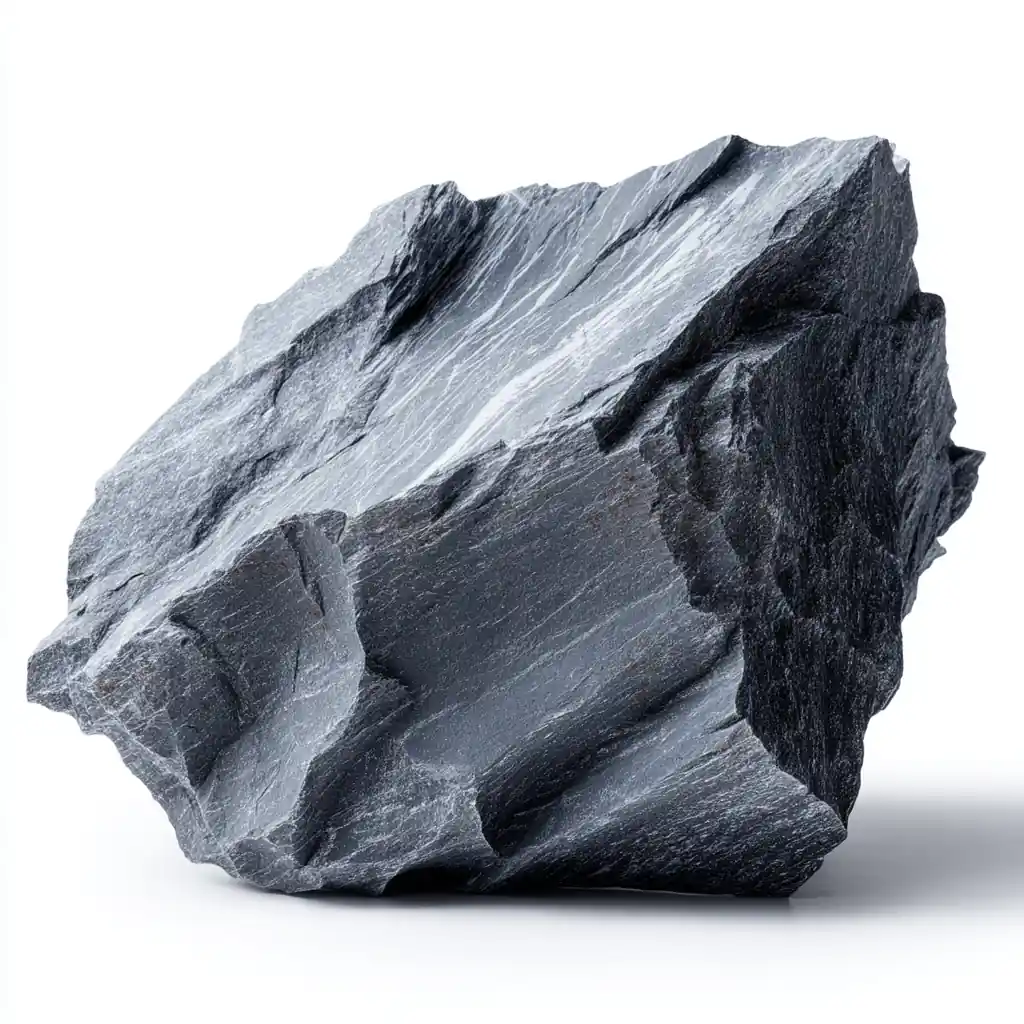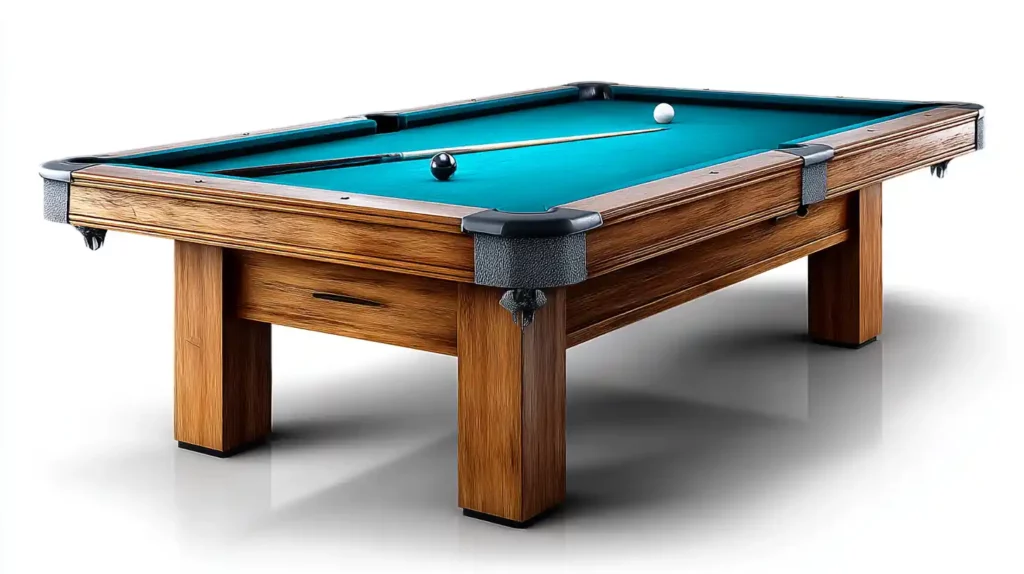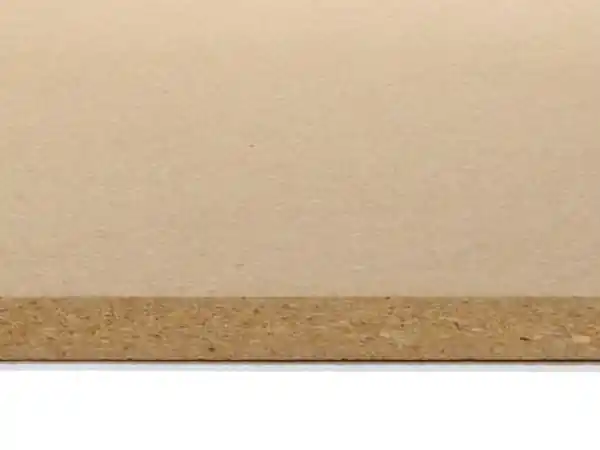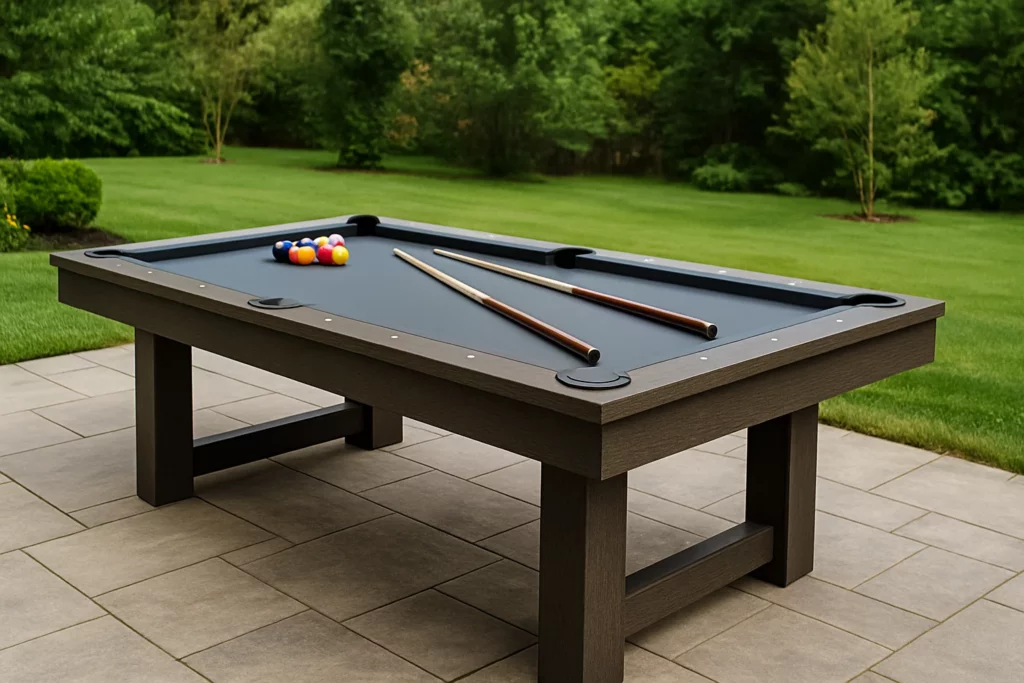Quick Answer: Slate pool tables offer the best performance, durability, and long-term value, making them the top choice for serious players. Non-slate options like MDF, Slatron, and Accuslate are more affordable but less consistent and prone to warping over time. If budget allows, go slate.
If you’re thinking about buying a pool table, one of the most important (and most overlooked) decisions you’ll make is what the playing surface is made of. You may assume all tables are built the same under the felt, but that couldn’t be further from the truth. If you want your table to play well, stay level, and last for years, understanding your play surface options is key.
We’ve serviced thousands of tables across Michigan and beyond, and let us tell you—we’ve seen it all. From warped MDF boards to rock-solid century-old slate, the surface under the felt makes a huge difference. So let’s break it down in plain terms, from one pool table expert to another enthusiast (or soon-to-be one).
Why the Playing Surface Matters
The surface material affects everything: how the balls roll, how the table wears over time, how much maintenance it needs, and how long it stays playable. Even two tables that look identical on the outside can play completely differently depending on what’s underneath the felt.
This isn’t just for professionals either. Even casual players can feel the difference in bounce, roll, and ball control between a high-quality surface and a more affordable option. So whether you’re setting up a game room for family nights or outfitting a commercial space, it’s worth understanding your options—especially if you’re buying a used table.
Used tables can be a great value, but only if the playing surface is in good condition. Slate should be checked for cracks, chips, or separation between pieces. With wood or composite beds, look for warping or dips. We’re working on a full guide to evaluating used pool tables, but in the meantime, you can explore our used pool tables for sale—each one professionally inspected and serviced before it hits the floor.
Slate: The Industry Standard (For Good Reason)
Slate is a natural stone, machined into a flat, smooth surface. It’s been the gold standard for pool tables for over a century, and for serious players, it’s not just preferred—it’s expected.
Why? Because slate provides a perfectly level, unchanging surface that won’t warp over time. It handles humidity, temperature changes, and heavy play without flinching. Once it’s installed and leveled (which we always recommend having done professionally), it just stays put.
At Pro Billiards we install and re-level slate tables all the time. We even restore antique slate tables that are still going strong after 100+ years. That says something.
Pros of Slate:
- Tournament-quality play
- Extremely durable
- Resists warping
- Holds resale value
Considerations:
- Heavy (usually 600+ lbs)
- More expensive
- Requires professional installation
If you’re planning to play regularly, want a table that will last, or simply care about playing on the best surface, slate is hands-down the right choice.
What Is a Slate Pool Table?

A slate pool table features a playing surface made from slabs of natural stone—usually in one or three pieces—that are precision-leveled to create an exceptionally flat and durable foundation. Slate is valued for its consistency and resistance to warping, which is why it’s used in professional and tournament-level tables.
Once you’ve played on slate, you’ll understand why it’s so respected. Whether you’re a seasoned player or new to the game, the difference in roll, bounce, and feel is hard to miss.
One-Piece vs. Three-Piece Slate: What’s the Difference?
Slate pool tables come in either a single solid slab or three individual pieces. One-piece slate is most common in bar-style or coin-operated tables that are never moved. While extremely durable, it’s also incredibly heavy and difficult to maneuver—especially through stairways or tight door frames.
Three-piece slate, on the other hand, is the preferred choice for most home and commercial tables. It’s easier to transport and allows for precise leveling during installation. That means better playability and easier service down the road. If you’re not sure which type a used table has—or you’re moving a table and need help—we can help with that.
MDF: Light, Inexpensive, and Temporary
MDF stands for medium-density fiberboard, and it’s a common material in budget or beginner tables. It’s made from wood fibers and resin pressed into a dense board. While MDF tables can look great and offer a decent play experience at first, they come with trade-offs.
Over time, MDF is vulnerable to moisture. If your game room is in a basement, garage, or anywhere humidity varies, expect it to warp. Even something as simple as a spilled drink can damage the surface underneath.
If you’re buying a table for younger kids, or just want something fun for occasional games without breaking the bank, MDF can work—just know it’s not built for the long haul.
Slatron: A Small Step Up
Slatron is often marketed as a “slate alternative,” but it’s important to understand what that actually means. It’s not stone—it’s a wood-based particleboard core laminated with a high-impact plastic top surface. That plastic coating helps with moisture resistance and offers a smoother roll than bare MDF, but it still can’t replicate the precision or durability of real slate.
From a performance standpoint, Slatron tables typically feel slower than slate. Balls don’t roll quite as cleanly, and bounce from the rails may be inconsistent due to subtle flexing in the surface. It’s a noticeable difference if you’ve played on slate before.
From a structural standpoint, Slatron holds up better than MDF in dry indoor environments, but it’s still vulnerable over time—especially in basements or garages where humidity fluctuates. Once moisture gets past the laminate, the wood core can swell or warp.
Slatron is most commonly found in mid-range home tables sold by big-box retailers or online brands. If you’re going that route, it’s a better choice than MDF, but it’s worth confirming that the table is level, solidly framed, and backed by a warranty.
If you’re set on staying under a certain price, Slatron is a better bet than MDF, but it’s still a compromise when compared to slate.
Good for:
- Casual family use
- Budget setups where MDF might wear too quickly
Limitations:
- Still vulnerable to long-term wear
- Ball response can feel dull compared to slate
Accuslate and Other Composites
Some manufacturers have created their own proprietary playing surfaces to compete with slate while keeping costs down. Accuslate is one example—a high-density fiberboard designed to stay flatter and more moisture-resistant than traditional MDF.
These composite beds are a step above MDF or Slatron, but they still won’t last like slate. You’ll get decent performance for several years, and for a casual player, that may be all you need.
We often get calls to re-felt or level these types of tables after a few years of use. They’re serviceable, but they’re not permanent fixtures like slate.
Fibre Cement: Rare, but Rugged
Used mostly in specialty or outdoor tables, fibre cement surfaces are tough, weather-resistant slabs that stand up to moisture better than wood-based options. They’re not common, but they’re worth mentioning.
If you’re planning to install a table in a sunroom, on a covered patio, or a cabin near the lake, ask us about outdoor-rated options. We can help you source a table that holds up to the elements.
Comparing All the Options
Here’s a quick breakdown to help you compare:
| Surface Type | Play Quality | Durability | Cost | Ideal For |
|---|---|---|---|---|
| Slate | ★★★★★ | ★★★★★ | $$$$ | Serious players, long-term use |
| Accuslate/Composite | ★★★★☆ | ★★★☆☆ | $$ | Recreational players, mid-budget |
| Slatron | ★★★☆☆ | ★★★☆☆ | $$ | Families, casual players |
| MDF | ★★☆☆☆ | ★★☆☆☆ | $ | Kids, very casual or light use |
| Fibre Cement | ★★★★☆ | ★★★★☆ | $$$ | Outdoor spaces, moisture-prone |
** Infographic comparing slate vs non-slate pool table surfaces by cost, durability, and performance. **
Our Honest Recommendation
If you want a table that plays well, stays level, and can be re-felted or restored for decades to come—go with slate. It may cost more up front, but it’s the last table you’ll ever need.
We’ve moved and serviced every type of table you can imagine, and slate tables are the ones that stand the test of time. They play better, look better longer, and hold their value. If it fits your space and budget, there’s really no substitute.
If you’re just getting started or need a fun family setup on a budget, we’re happy to help you find the best non-slate table for your needs, and we’ll always be honest about what you’re getting. Either way, we’re here to help.
Have questions? Want expert advice before you buy? Contact us or stop by the shop. We love talking tables.



